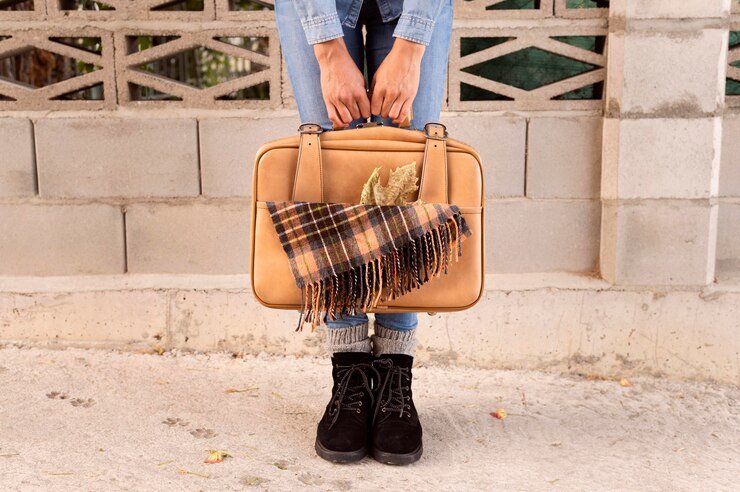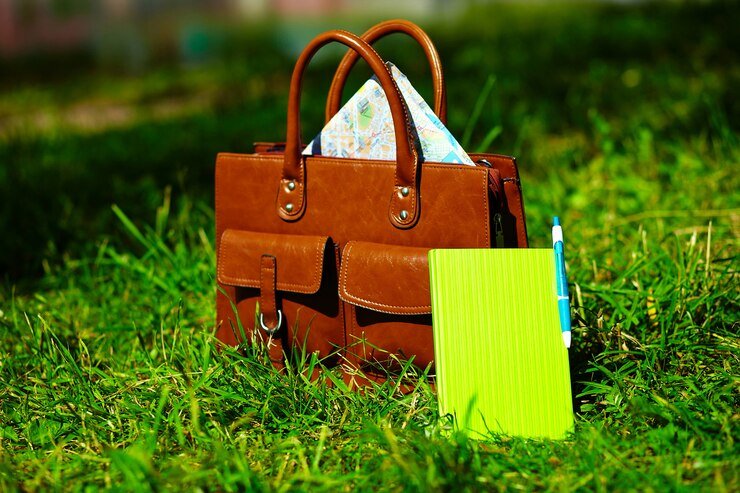A second-hand bag carries more than just a functional purpose—it tells a story, often marked by the passage of time. The phrase “with her-age” adds an intriguing dimension, suggesting that age itself can be a defining characteristic that enriches the bag’s value and allure. Whether it’s a vintage leather tote that echoes decades of fashion or a preloved luxury clutch with timeless appeal, second-hand bags are increasingly coveted in the world of sustainable and unique fashion. In this article, we explore the charm, history, and significance of second-hand bags, highlighting why they’re more than just accessories.
The Charm of Second-Hand Bags
Additionally, second-hand bags can be gateways to owning high-quality items from premium brands at a fraction of their original cost. For some, it’s about embracing nostalgia—a longing for styles that defined past decades—while for others, it’s a statement of sustainable living. The charm lies in knowing that these bags have witnessed life and now carry forward their legacy.
What Does “With Her-Age” Mean?
The term “with her-age” adds a poetic layer to the idea of second-hand bags. It suggests that the value of the bag grows alongside its age, much like a fine wine or an heirloom. Age, in this context, isn’t a drawback but a feature that enhances the bag’s character, durability, and appeal.
In the realm of fashion, age often equates to rarity and craftsmanship, especially in vintage and designer items. The phrase also implies a sense of partnership between the bag and its owner—a relationship where the bag complements its carrier’s own growth and style evolution.
Historical Significance of Vintage Bags
Vintage second-hand bags often represent a specific era, capturing the essence of fashion trends from decades past. For example, bags from the 1950s exude elegance with their structured frames and dainty clasps, while 1970s bags highlight the bohemian spirit with earthy tones and fringe details.
These bags serve as tangible links to history, reflecting societal changes, artistic movements, and cultural milestones. Their historical significance adds depth to their value, transforming them into more than mere accessories. Owning a vintage bag allows the wearer to carry a piece of the past while integrating it into modern style.
How to Choose a Second-Hand Bag
Finding the perfect second-hand bag requires a blend of research, patience, and attention to detail. Start by considering your needs—whether you’re looking for a practical everyday tote or a statement evening clutch. Research the brand and style to understand its history and features.
Inspect the condition of the bag carefully. Look for signs of wear, such as stitching, hardware, and interior lining. While minor imperfections can add charm, structural damage may affect functionality. Finally, verify the authenticity of the bag, particularly if it’s a high-end designer piece. Trusted platforms and sellers can provide documentation or expert opinions to confirm its origin.
Benefits of Buying Second-Hand Bags

Investing in a second-hand bag comes with several advantages:
- Cost-Effectiveness: Preloved bags often come at significantly reduced prices, allowing access to premium brands without breaking the bank.
- Sustainability: Purchasing second-hand contributes to reducing waste and promoting circular fashion, aligning with eco-friendly values.
- Uniqueness: Many second-hand bags feature rare designs or discontinued styles, ensuring individuality in your wardrobe.
These benefits make second-hand bags a practical and meaningful choice for modern consumers.
Sustainability in Fashion
The second-hand bag market is a cornerstone of the sustainable fashion movement. By reusing and repurposing preloved items, this market reduces the demand for new production, which often involves high resource consumption and environmental impact.
Sustainable practices in fashion extend beyond environmental benefits—they also challenge the culture of disposability by promoting longevity and value retention. Second-hand bags symbolize this shift, proving that style and sustainability can go hand in hand.
Stories Carried by Vintage Bags
Every second-hand bag has a story. It might have been a cherished gift, a travel companion, or an item that witnessed milestones in someone’s life. These stories add a layer of emotional depth to the bag, transforming it from a mere possession into a meaningful keepsake.
Carrying a second-hand bag allows the new owner to continue this narrative, blending their own experiences with the bag’s legacy. This interplay of past and present is what makes preloved items uniquely special.
How to Spot Authentic Second-Hand Bags
With the growing popularity of second-hand bags, counterfeits have become a concern. To ensure authenticity, look for:
- Brand Details: Logos, fonts, and stitching should align with the brand’s standards.
- Serial Numbers: Many luxury bags feature unique codes that can be verified.
- Materials and Craftsmanship: High-quality leather, hardware, and finishing are hallmarks of genuine bags.
When in doubt, consult a professional appraiser or trusted reseller to confirm the bag’s authenticity.
Conclusion
A second-hand bag “with her-age” is more than an accessory; it’s a blend of history, sustainability, and personal style. Its charm lies in its imperfections, its legacy in the stories it carries, and its value in its enduring appeal. Whether you’re drawn to vintage designs or motivated by eco-conscious choices, second-hand bags offer a unique opportunity to combine fashion with meaning. By embracing the beauty of preloved items, we not only honor the past but also contribute to a more thoughtful and sustainable future.

